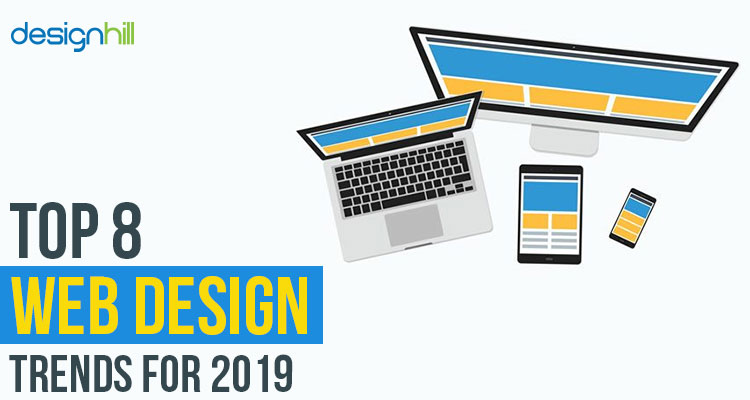Fascinated In Learning Exactly How Website Layout Has Advanced? Take A Journey Through The Makeover
Fascinated In Learning Exactly How Website Layout Has Advanced? Take A Journey Through The Makeover
Blog Article
Author-Pappas Clarke
In the past, web sites were easy and focused on information. Navigating was straight, and style was for desktops. Currently, user experience is crucial. Data guides layouts for easy navigating. Responsive formats match different devices. Today, dark setting reduces stress, and minimalist food selections enhance navigating. Interactive attributes engage customers, and vibrant visuals stick out. AI integration boosts involvement. See how design has actually advanced to boost your online trip.
Very Early Days of Web Design
In the very early days of website design, simpleness reigned supreme. Websites were basic, with minimal shades, typefaces, and layouts. The emphasis got on supplying details as opposed to flashy visuals. Customers accessed the web via slow-moving dial-up links, so rate and capability were essential.
Navigation menus were straightforward, normally situated at the top or side of the web page. Web sites were created for computer, as mobile browsing wasn't yet prevalent. Content was king, and designers focused on very easy readability over intricate layout components.
HTML was the main coding language used, and designers had to work within its constraints. Computer animations and interactive features were marginal contrasted to today's standards. Sites were fixed, with little vibrant material or customized individual experiences.
Rise of User-Focused Design
With the evolution of site design, a change in the direction of user-focused style principles has come to be progressively famous. Today, creating internet sites that focus on user experience is critical for engaging visitors and accomplishing organization goals. User-focused style includes recognizing the demands, preferences, and behaviors of your target market to customize the website's layout, content, and includes accordingly.
Developers now conduct complete study, such as user studies and use screening, to gather insights and feedback straight from users. mouse click the up coming internet site -driven approach helps in developing intuitive navigating, clear calls-to-action, and aesthetically enticing interfaces that resonate with visitors. By placing https://www.feast-magazine.co.uk/hospitality/hospitality-marketing-tips-for-your-restaurant-business-33260 at the facility of the layout procedure, websites can supply a more customized and delightful experience.
Receptive design has also emerged as a key element of user-focused style, making sure that sites are maximized for various devices and screen sizes. This adaptability boosts ease of access and usability, accommodating the varied ways users engage with internet sites today. In essence, the surge of user-focused design symbolizes a shift in the direction of creating digital experiences that focus on the requirements and assumptions of completion individual.
Modern Trends in Web Design
Explore the current trends forming web design today. One noticeable pattern is dark mode design, providing a smooth and modern-day look while reducing eye pressure in low-light atmospheres. An additional key fad is minimal navigating, simplifying food selections and enhancing user experience by focusing on essential elements. Including micro-interactions, such as animated switches or scrolling effects, can create a more engaging and interactive internet site. Receptive style remains crucial, making sure seamless customer experiences across numerous tools. Additionally, using strong typography and unbalanced formats can include aesthetic rate of interest and accentuate particular content.
Integrating AI technology, like chatbots for client support or tailored suggestions, enhances user engagement and simplifies processes. Availability has also become a considerable fad, with developers focusing on comprehensive layout techniques to satisfy diverse individual needs. Accepting sustainability by maximizing web site efficiency for speed and efficiency is one more emerging pattern in website design. Collaborating with individual responses and data analytics to iterate and enhance layout constantly is essential for staying pertinent in the ever-evolving electronic landscape. By accepting these modern-day trends, you can create a visually appealing, straightforward web site that reverberates with your audience.
Final thought
As you assess the development of internet site design from the early days to currently, you can see how user-focused style has come to be the driving force behind modern-day trends.
Embrace the trip of modification and adjustment in web design, constantly maintaining the customer experience at the leading edge.
Keep current with the current fads and innovations, and never quit developing your technique to create aesthetically spectacular and easy to use internet sites.
Develop, adapt, and produce - the future of web design remains in your hands.
